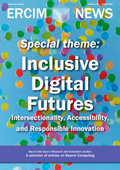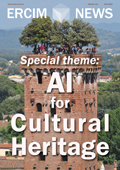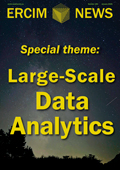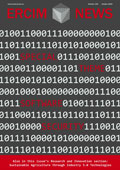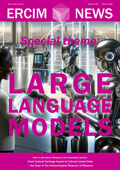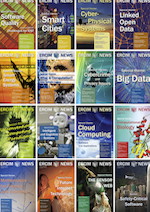by Marina Buzzi (CNR-IIT), Barbara Leporini (University of Pisa & CNR-ISTI), Angelica Lo Duca (CNR-IIT)
Within the STEMMA (Science, Technology, Engineering, Mathematics, Motivation and Accessibility) project, we explore how Artificial Intelligence (AI) can make data literacy more inclusive exploiting storytelling approaches that open access for blind and visually impaired students, and adaptive platforms that support teachers in personalising educational strategies.
Blind and visually impaired (BVI) learners often face barriers in acquiring data literacy. At the same time, teachers need responsive tools to adapt educational strategies in real time, particularly when working with students with special educational needs. Our research explores two complementary perspectives: narrative-based approaches that make data accessible through multimodal storytelling, and AI-driven platforms that support teachers in dynamically updating individualised educational plans and tailoring classroom activities.
This work is part of the STEMMA project (PRIN 2022) [L1], funded by the European Union under NextGenerationEU, which aims to reduce gender and disability gaps in STEM disciplines. STEMMA focuses on identifying obstacles, and on designing persuasive tools to encourage the participation of women, including those with visual impairments, in scientific and technical careers. Our research contributes to building pathways where AI supports both learners and educators, ensuring that diversity and accessibility become drivers of innovation in STEM education.
Students: Learning Data through Stories
Traditional approaches to data literacy focus heavily on visualisations, making them difficult or impossible to use for BVI learners. To address this, we explored how Universal Design for Learning (UDL) principles, data storytelling, and AI can be combined to provide an alternative pathway [1] (Figure 1). The method transforms datasets into multimodal narratives that are experienced through sound, touch, or multisensory cues instead of images. By embedding data in familiar contexts, stories make abstract concepts easier to grasp, memorable, and emotionally engaging. For instance, in one experiment, a standard primary school program on classification was adapted for a blind six-year-old girl. AI supported teachers in reshaping the lessons to match the child’s individual education plan and available assistive tools.
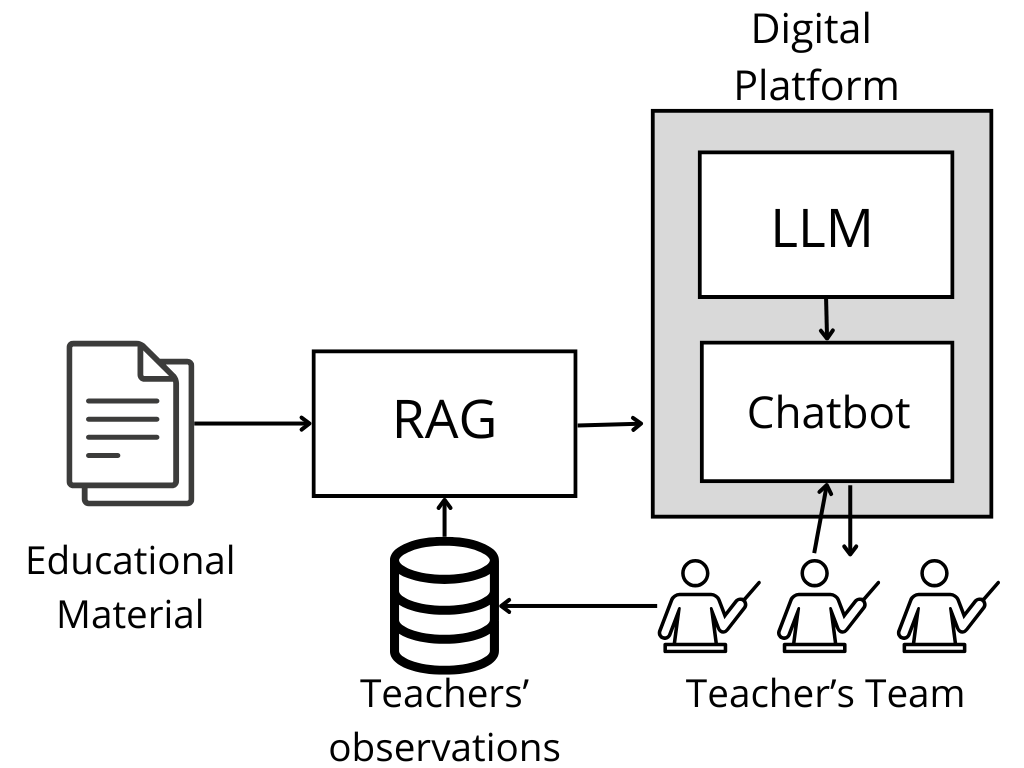
Figure 1: Combining universal design for learning and data storytelling through AI.
This approach allowed the student to access the same data content as her peers and participate actively in building narratives. In this way, data literacy became inclusive and equitable, supporting the development of reasoning, comparison, and problem-solving skills without relying on vision. In addition, multimodal storytelling, beyond overcoming perceptual barriers, can also help make STEM subjects more accessible and appealing to girls.
Teachers: Reading the Data of the Classroom
While students need new ways to access data, teachers need tools to manage the complexity of classrooms where abilities and needs vary greatly. Individualised Education Plans (IEPs) are designed to guide inclusive practices, but they are often static documents. Teaching is dynamic: unexpected difficulties arise, and strategies need constant refinement. To support this process, we proposed an AI-based digital platform that functions as a dynamic co-teacher [2] (Figure 2). The platform collects inputs such as student profiles, teacher observations, and assessment results, creating a continuously updated context. Teachers interact with the platform via a conversational chatbot, receiving immediate suggestions for adapting exercises, revising objectives, or proposing compensatory tools.
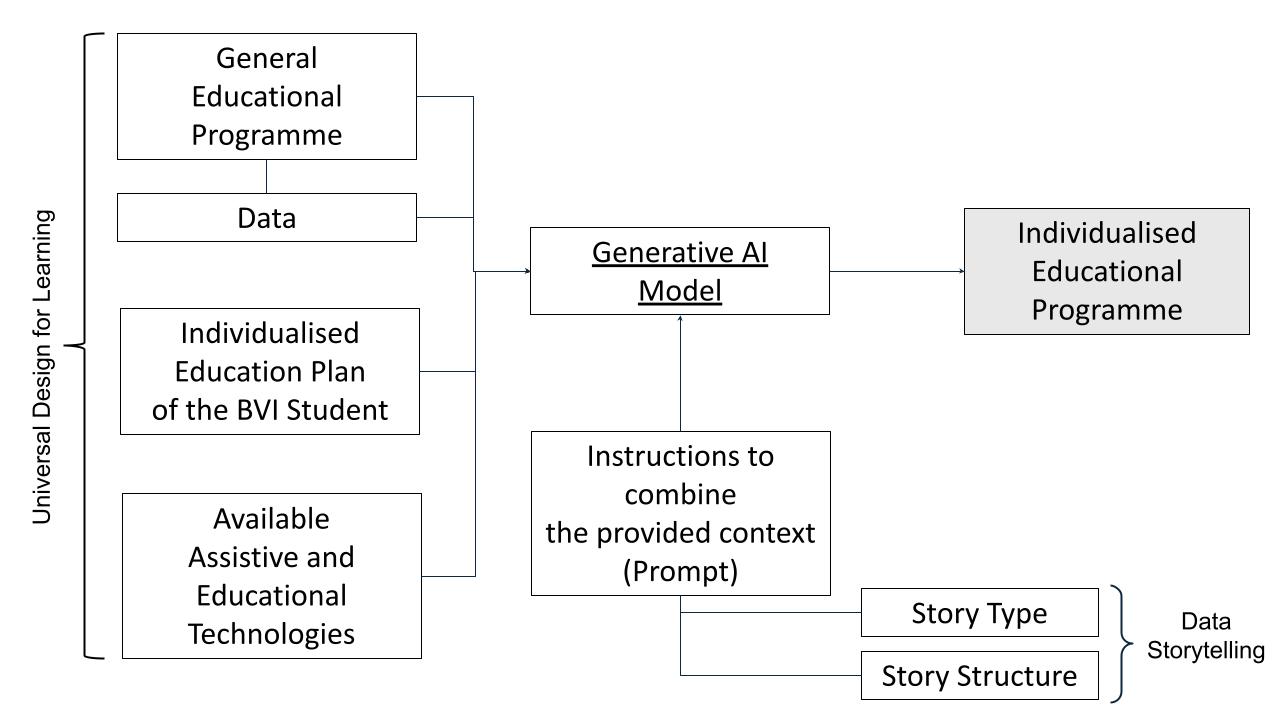
Figure 2: The architecture of the AI-assisted platform, enabling teachers to adapt the teaching materials.
A practical scenario illustrates the potential: a student with low vision is asked to interpret an algorithm presented as a flowchart. She experiences frustration and cannot complete the task. The teacher engages with the platform. Leveraging its knowledge of the student’s profile and pedagogical best practices, the system suggests an audio-interactive version of the diagram and an alternative response format, such as structured comprehension questions. The academic content remains the same, but the pathway becomes accessible.
Towards an Inclusive Data Literacy Ecosystem
Bringing these perspectives together, we can imagine a holistic ecosystem of inclusive data literacy. Students engage with data through accessible narratives, ensuring that visual barriers do not prevent them from developing critical competencies. Teachers interpret classroom dynamics with the help of AI, refining IEPs and strategies in real time. Teachers remain the designers of learning, and students remain active participants. AI is a co-creative partner, bridging gaps and enabling participation.
Challenges and Ethical Considerations
The integration of AI in education is not without risks [3]. Systems may reproduce biases embedded in training data, potentially reinforcing stereotypes rather than dismantling them. Privacy is another key concern: sensitive educational data must be anonymised and handled responsibly. Finally, there is the danger of widening the digital divide if some schools or students lack access to adequate infrastructure.
The proposed strategy addresses these challenges by emphasising teacher oversight, transparency, and ethical design. AI-generated outputs are reviewed by educators, ensuring alignment with pedagogical goals.
Conclusion
Data literacy is a democratic competence that every learner should acquire, regardless of ability or gender. Through narrative storytelling for BVI students and dynamic AI platforms that empower teachers, AI can support equitable access to data.
By embedding these approaches within the STEMMA project, the aim is to make data literacy inclusive and foster broader participation in STEM disciplines, especially for women and students with disabilities.
If responsibly designed, AI can help shape an educational landscape where diversity becomes a driver of innovation. In such a future, no learner is left behind, and data literacy becomes a truly inclusive competence.
Links:
[L1] https://stemma.di.unipi.it/
References:
[1] M. C. Buzzi, et al., "Inclusive Data Literacy: UDL and AI-Assisted Data Storytelling for BVI Students," in Proc. Int. Conf. Artificial Intelligence in Education (AIED), Cham, Switzerland: Springer Nature, 2025.
[2] M. C. Buzzi, et al., "Towards Empowering Teachers with AI for Dynamic Evaluation and Assessment for Students with Special Needs," in Proc. Int. Conf. Pervasive Technologies Related to Assistive Environments (PETRA), 2025.
[3] D. Schiff, "Education for AI, not AI for education: The role of education and ethics in national AI policy strategies," Int. J. Artificial Intell. Educ., vol. 32, no. 3, pp. 1–21, 2022.
Please contact:
Barbara Leporini
University of Pisa & CNR-ISTI, Italy

